Wilson D7 vs Ping G410 Irons Review & Specs 2023
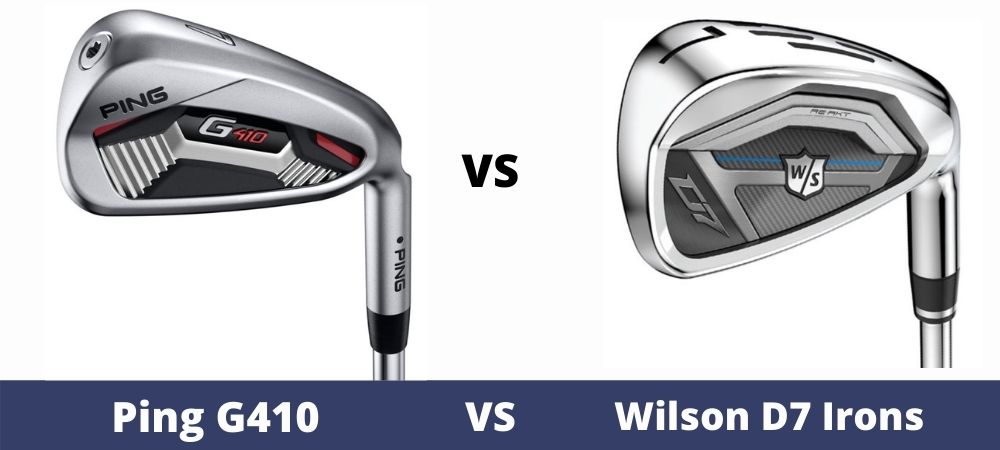
When shopping for a set of game improvement irons, Ping is a name that surely comes to mind.
They make some of the most forgiving irons that still perform at a high level. The name that may not immediately come to mind is Wilson, but it should.
Don’t forget that Wilson still has a pretty lofty history in terms of tour appearances and wins. In case you forgot about them, in today’s review we are going to reintroduce you to the Wilson brand by pitting one of their iron sets against a popular Ping set.
Overview Of Both Irons
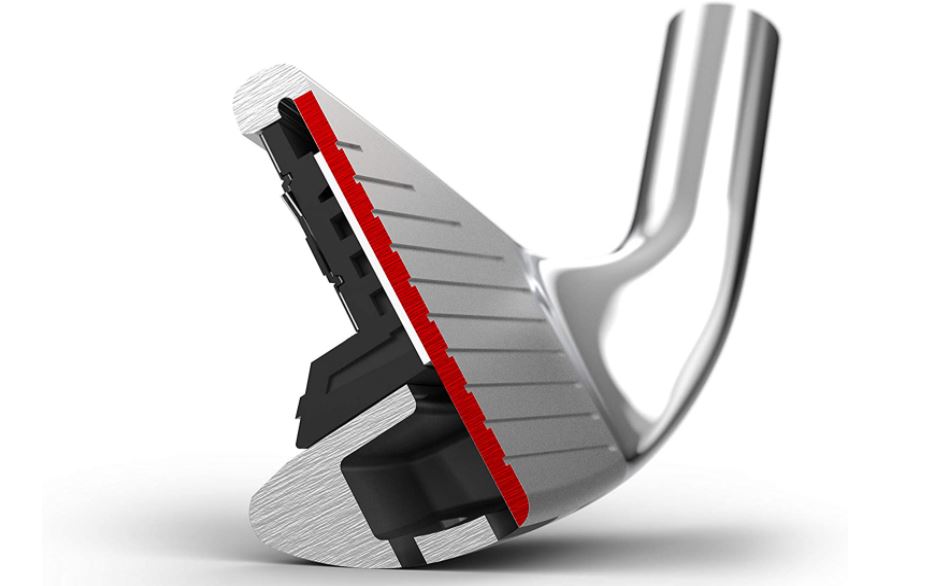
The Ping G series has a strong reputation. They are known for forgiveness. In fact, every time a new one comes out, it somehow seems to outdo the previous model.
With the Ping G410’s, they have managed to create a better look and feel for what is still a game improvement iron.
The Wilson D7 irons have a forged construction and one of the points of emphasis with their design is enhanced feel. They are the heir apparent to the Wilson Staff D300 irons and feature a thinner face for higher flex and ball speeds.
Ping G410 Key Features
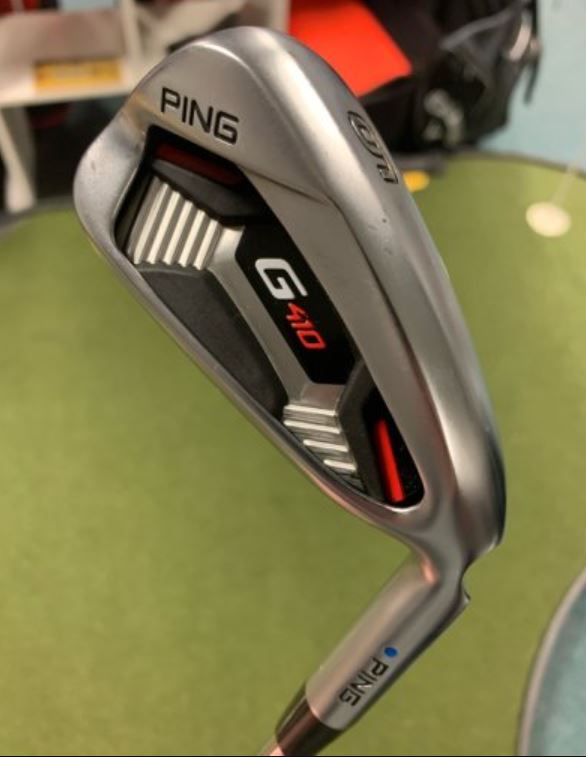
The Ping G410’s feature a pronounced cavity that works in tandem with the undercut of the top rail to allow the face to operate like a hinge.
The entire face essentially flexes on impact to generate more ball speed across more sections of the face. They also feature toe and hosel weighting.
Wilson D7 Key Features
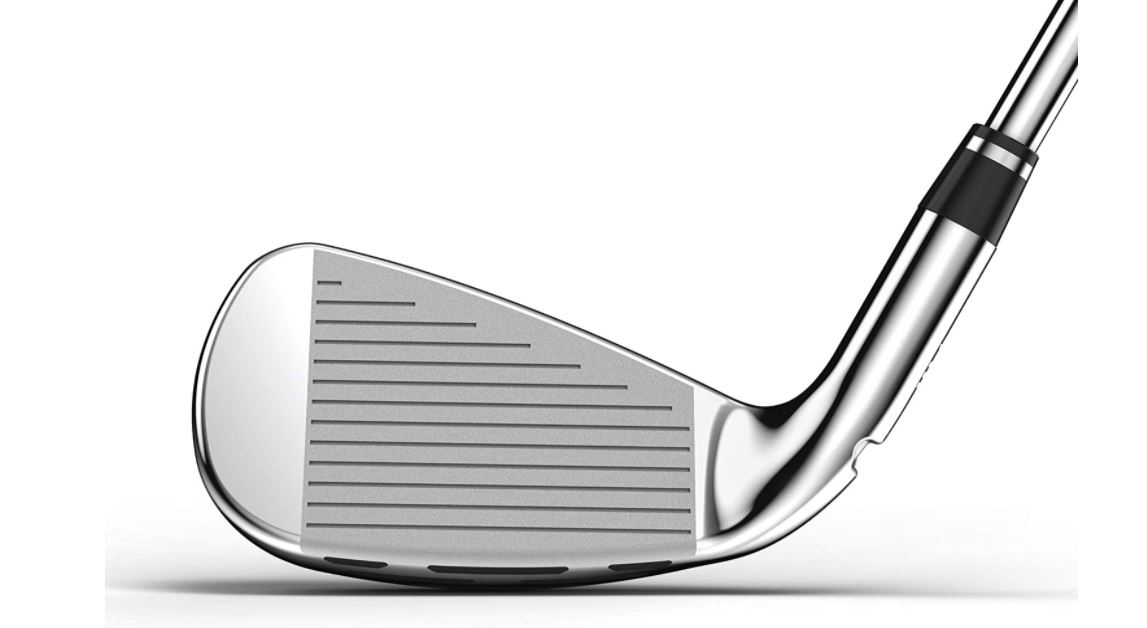
The D7’s feature what Wilson call “Power Hole” technology which, I essentially small cavities bored into the sole of the irons.
This increases deflection at point of impact, generating more flex and ball speed. The Wilson D7’s are also forged irons made of mild carbon steel.
Loft Comparison
Ping G410 Loft |
Wilson D7 Loft |
|
3 Iron |
N/A |
19° |
4 Iron |
20.5° |
21.5° |
5 Iron |
23.5° |
24.5° |
6 Iron |
26.5° |
27.5° |
7 Iron |
30° |
30.5° |
8 Iron |
34.5° |
34.5° |
9 Iron |
39.5° |
39° |
Ping G410 Options
- PING Alta CB Red shaft
- PING AWT 2.0 shaft
- True Temper Dynamic Gold shaft
- True Temper Dynamic Gold 105 shaft
- True Temper Dynamic Gold 120 shaft
- KBS Tour shaft
- Nippon N.S. Pro Modus 3 105 shaft
- Project X LZ shaft
- True Temper Elevate 95 shaft
- Soft regular, regular, stiff and extra stiff flexes
Wilson D7 Options
- KBS $ Taper Lite steel shaft
- True Temper Catalyst 80 graphite shaft
Length & Lie Comparison
Ping G410 Length/Lie |
Wilson D7 Length/Lie |
|
3 Iron |
N/A |
39.25”/59.5 |
4 Iron |
38 7/8”/60.5 |
38.75”/60 |
5 Iron |
38 1/4″/61 |
38.25”/61 |
6 Iron |
37 5/8″/61.5 |
37.75”/61.5 |
7 Iron |
37”/62 |
37.25”/62 |
8 Iron |
36 1/2″/62.8 |
36.75”/63 |
9 Iron |
36”/63.5 |
36.25”/63.5 |
Who Is Each Set For?
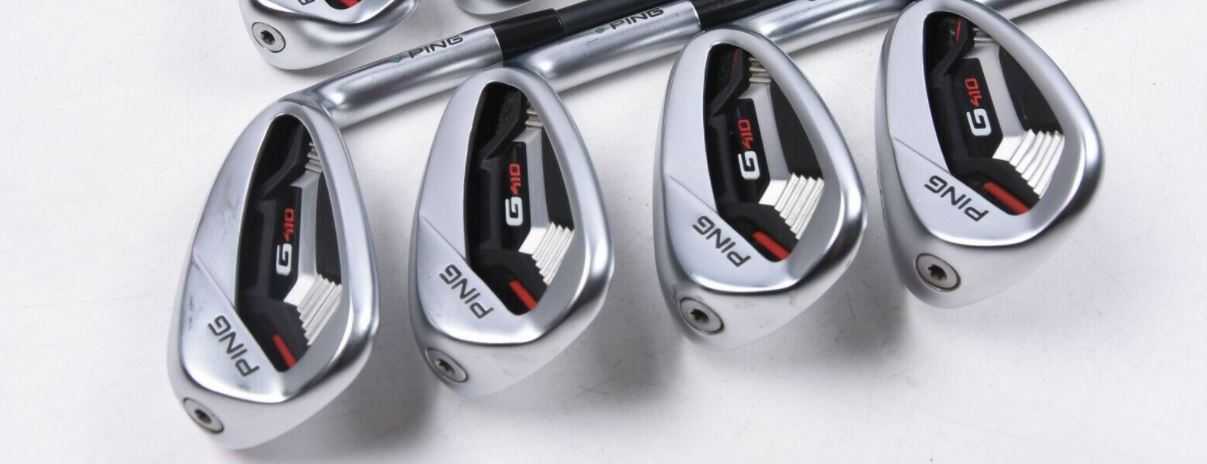
While both of these iron sets are billed as game-improvement irons, the Wilson D7 irons will certainly be a better fit for fans of forged irons.
They emphasize smooth feel with their 8620 mild carbon steel construction while the G410’s will be better suited for players who prefer high MOI in their irons.
Composition Comparison
Both of these iron sets come with either steel or graphite shafts.
The Wilson D7’s feature a cavity in the head filled with vibration dampening material while the G410’s also feature a partial cavity in order to save weight so that it can be placed in the toe and hosel.
Distance and Forgiveness Comparison
Ping is still the king when it comes to forgiving irons.
The G410’s flex higher across a more expansive area of the face and the super perimeter weighting creates enviable MOI.
The G410’s also edged out the D7’s on distance by an average of 6 yards in the long irons.
Performance & Feel Comparison
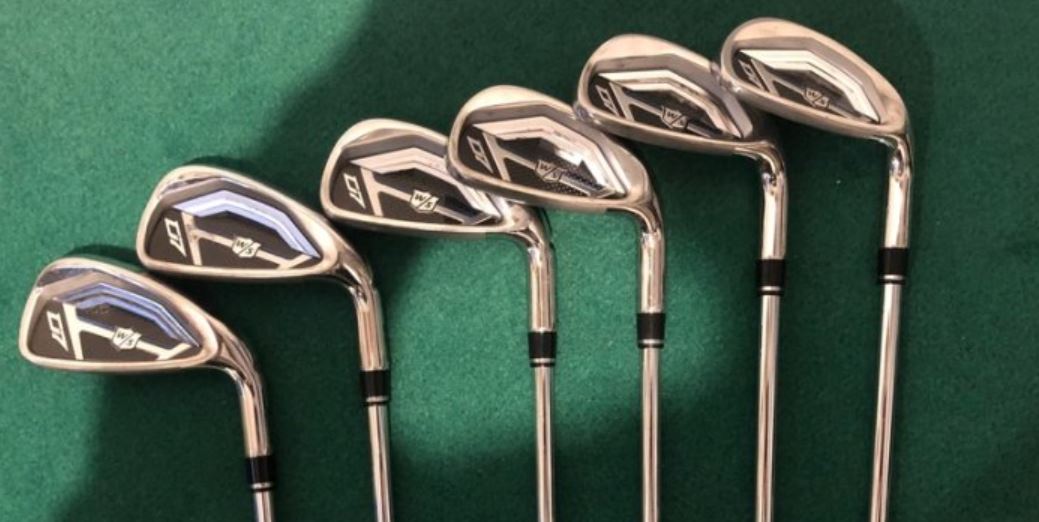
The buttery feel you get from the forged carbon steel of the D7’s was preferable to our party over the G410’s.
You can just tell that Wilson really emphasized superior feel with these irons. Thanks to the better feel and feedback, they also performed better on approaches.
Price Comparison
Both the Ping G410 irons and the Wilson D7’s live in the same price point.
You are likely to pay $900 for a complete set of either.
Ping G410 Pros & Cons
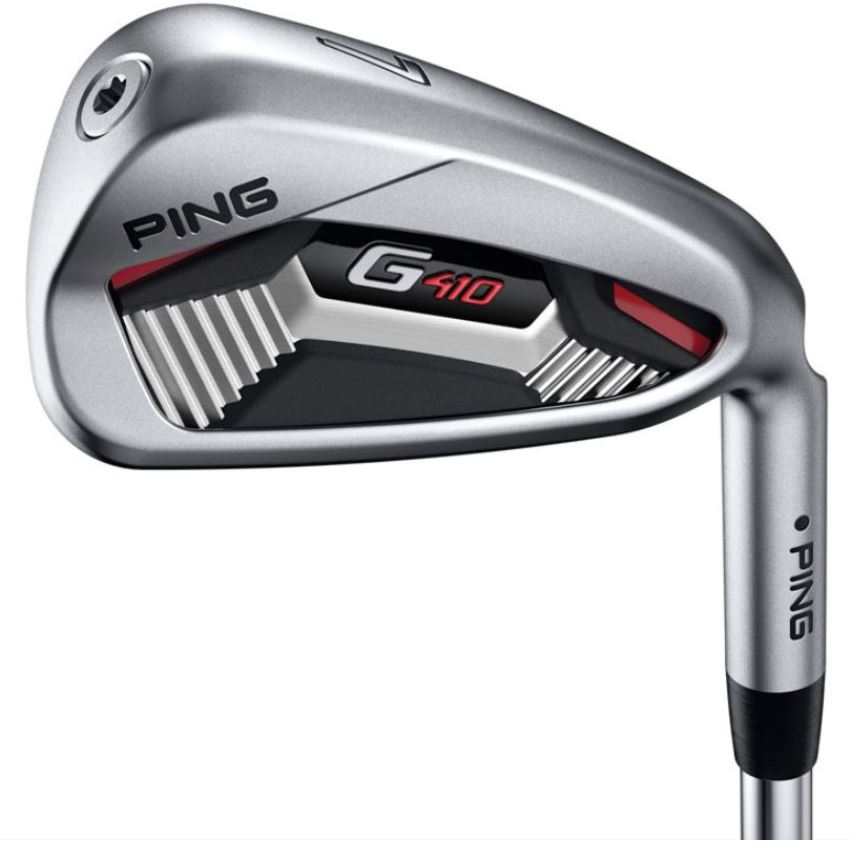
Pros:
- Hold greens tightly
- Played longer
- Very forgiving
- Large sweet spot
- Higher MOI
- Aluminum/elastomer badge
Cons:
- Not as workable
- Don’t feel as nice
- Busy design
- Not great for high handicappers
Overall Score: 94/100
Check Out More Reviews Here:
Wilson D7 Pros & Cons
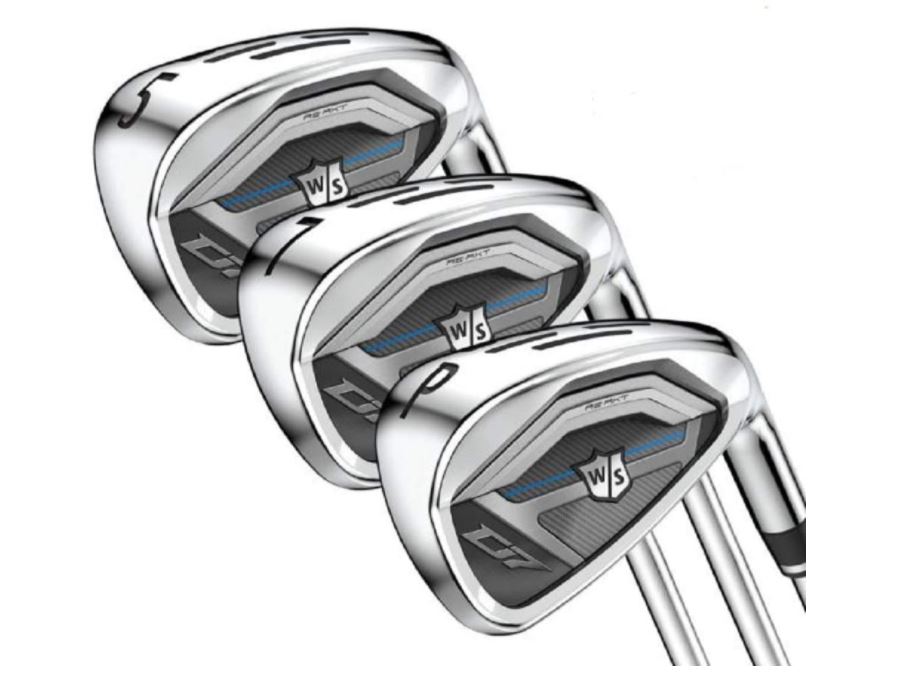
Pros:
- Better feel
- More workable
- Vibration dampening layer
- Thin face
- Key improvements from the D300’s
- Great value
Cons:
- Not as long
- Not as forgiving
- Not enough spin in the short irons
- Thicker top line
Overall Score: 92/100
Check Out More Reviews Here:
Other Sets Worth Considering
Taylormade M6
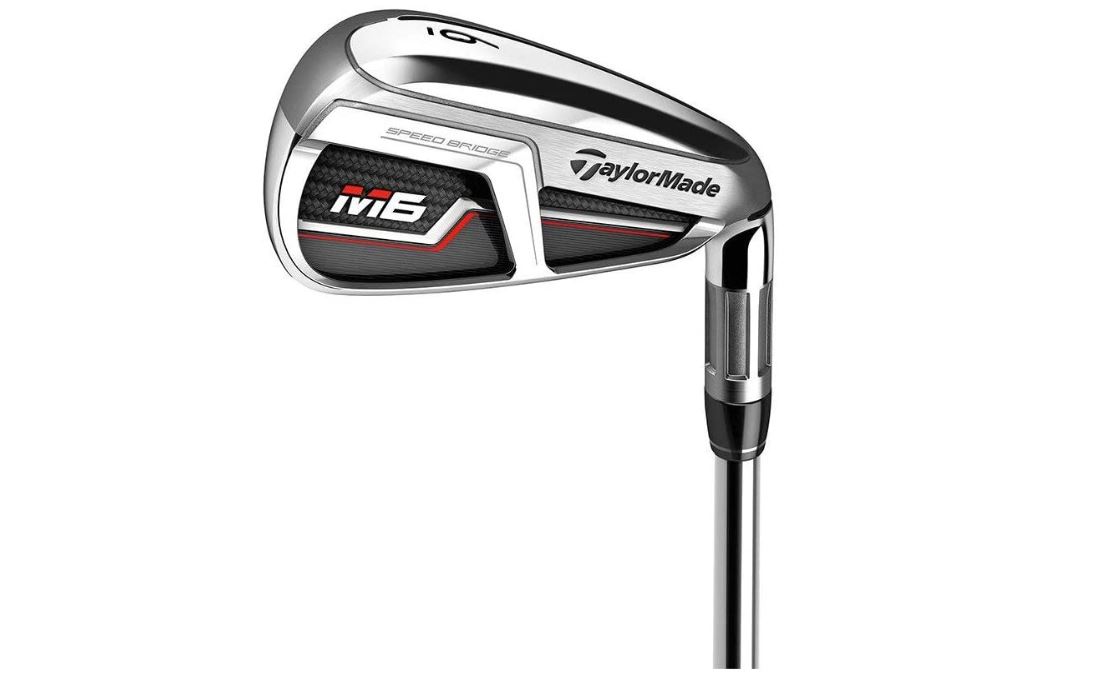
The Speed Bridge that connects the rear of the top line and sole increase stability on all types of shots while the Inverted Cone Technology expands the sweet spot out towards the toe.
Overall Score: 95/100
Check Out More Reviews Here:
Cobra F9
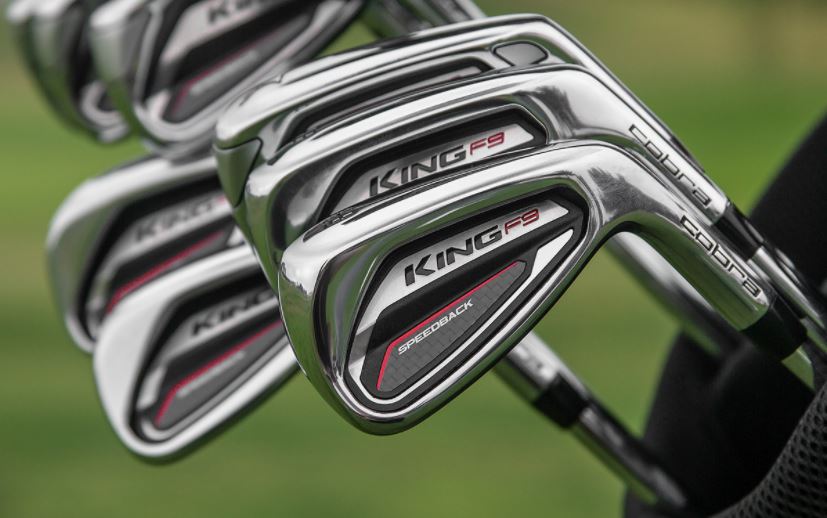
The Speedback design places a band of steel around the sole to produce a very deep CG for high launch and stability.
Overall Score: 92/100
Check Out More Reviews Here:
Callaway Rogue
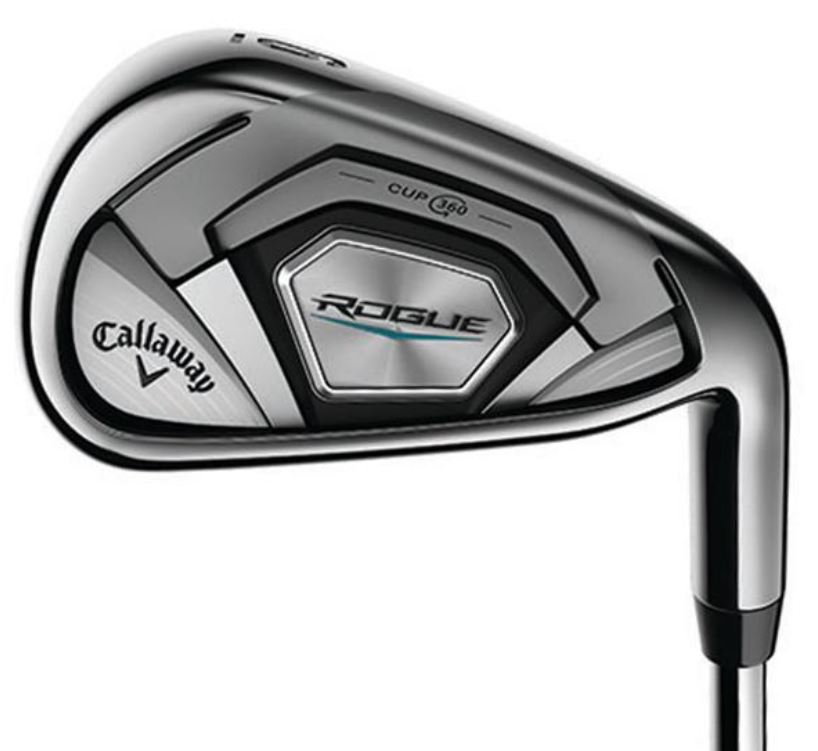
The 360 Face Cup design of the Callaway Rogue’s effectively creates a seamless border between the face and crown/sole for a virtually endless sweet spot.
Overall Score: 94/100
Check Out More Reviews Here:
Final Assessment
This was another tough one because while the Ping’s delivered better forgiveness and distance, the Wilson D7’s were the superior feeling irons. The D7’s were ultimately more workable around the green that the Ping G410’s.
But we have to remember that these are game-improvement irons and through that criteria, we have to give our nod to the Ping G410’s. They just have more of what mid handicappers need to break out of the teen handicaps.
The Wilson D7’s performed admirably and would still be a good choice but if you want the better game-improvement irons, check out the Ping G410 irons.



